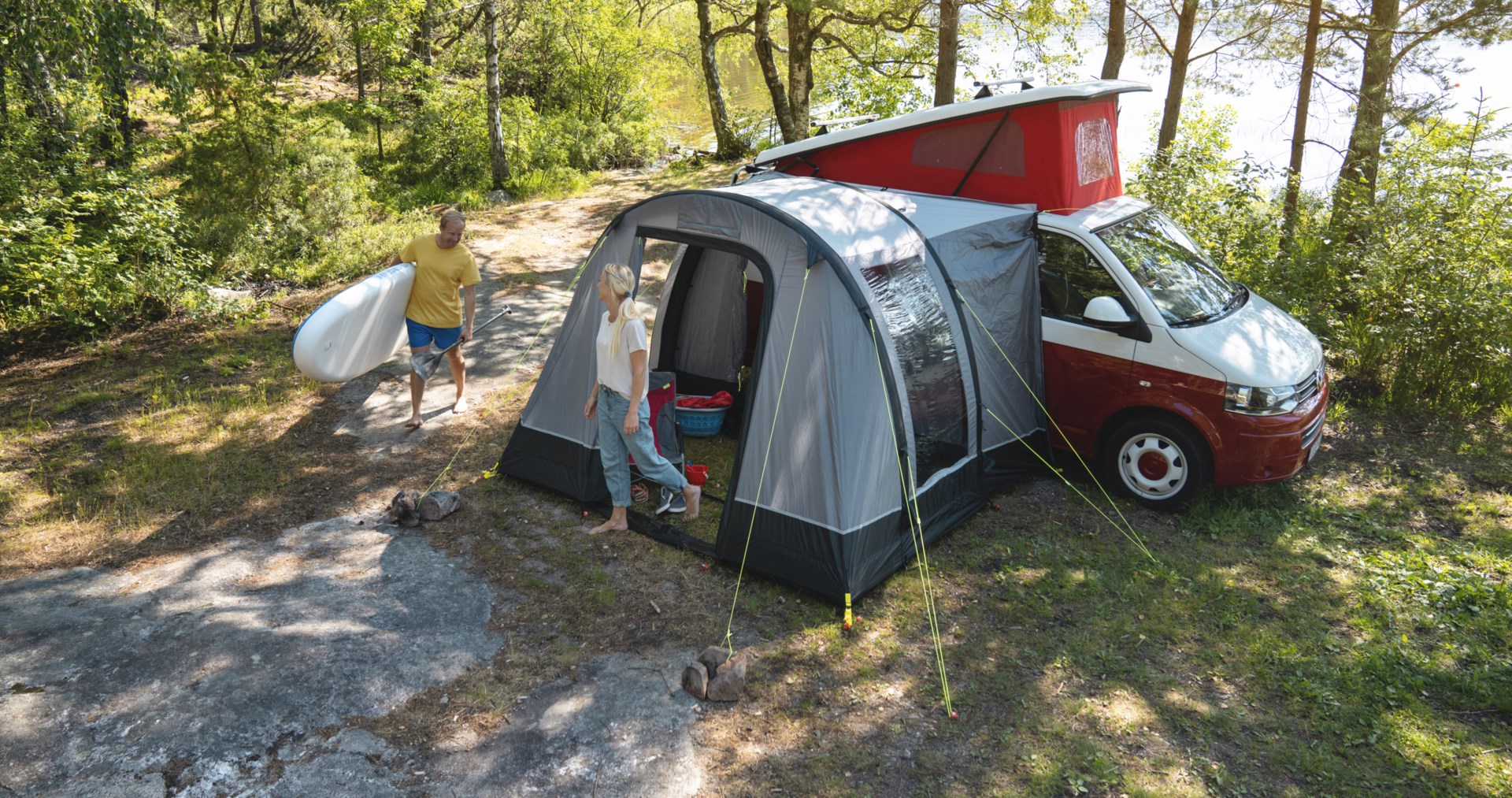
Support
Let us find a solution
Have a question? We’re here to help. If you’re searching for products tips, information, or assembly & use instructions, please consult our FAQs. Alternatively, contact our customer service team or your local Kampa retailer for additional product information and aftersales assistance.
Catalogues
Frequently asked questions
Products
- How to maintain the AirFrame?
- How do I clean my awning?
- What about awning condensation?
- What is your awnings warranty?
- How to maintain the awning flysheet?
- How to maintain the electric pump?
- How to maintain the awning hand pump?
- How do drive-away awnings connect to my campervan/motorhome?
- How to store an awning?
- How to repair or replace an AirPole?
- What awning spare part kits do you recommend?
- What happens to the air in the Kampa AirFrame when the temperature increases?
- What drive-away awning will fit my campervan/motorhome?
- Do awning windows fold?
- How to maintain the awning zips?